North America: Journals & Articles
Further resources, if available, can be found in our full bibliography.
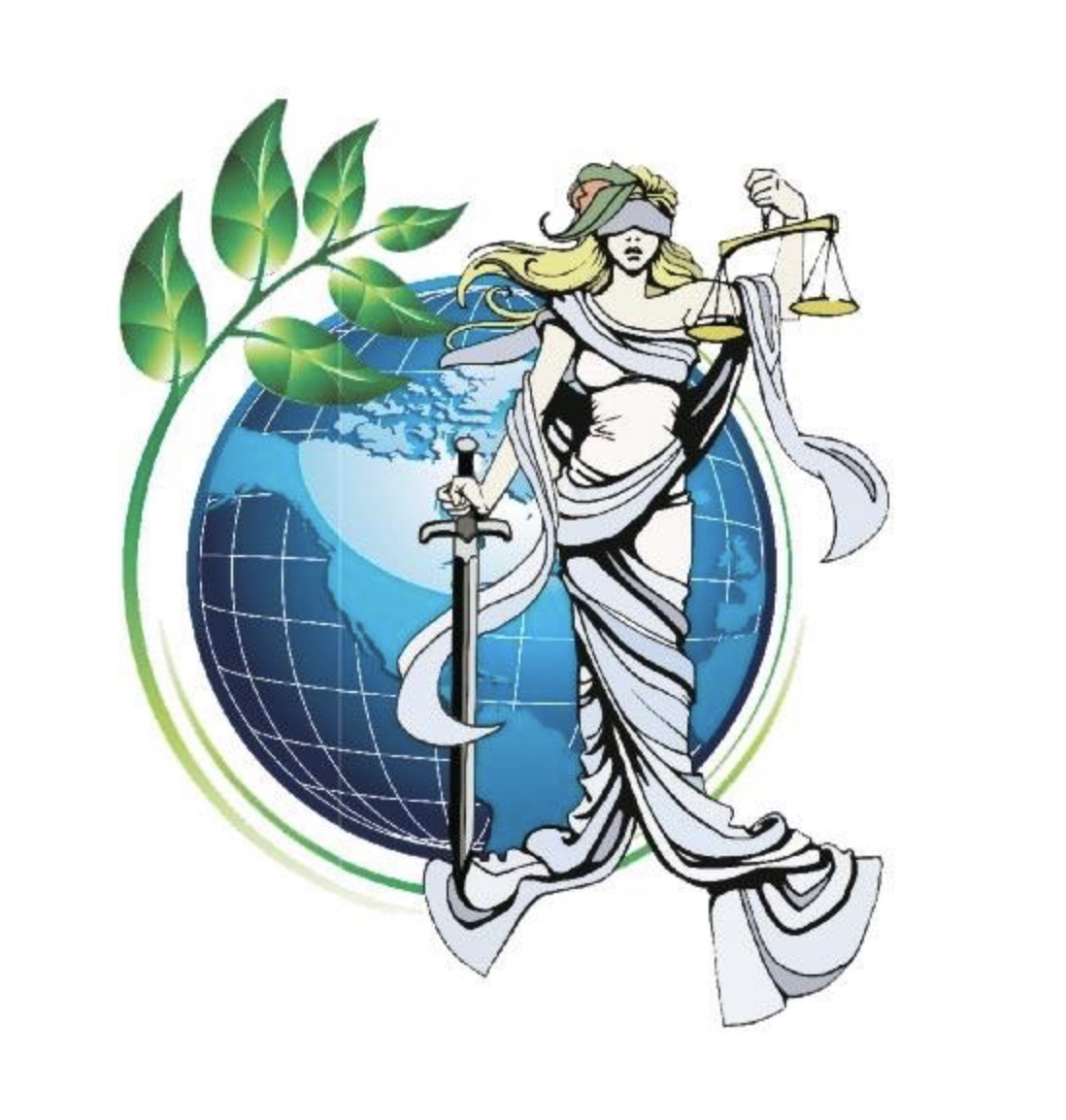
Environmental and Earth Law Journal (EELJ)
2010-Present
This student-edited, fully online publication advances legal scholarship in Earth Jurisprudence and Environmental Justice. It promotes ecocentric legal thinking and social equity, highlighting the disproportionate environmental burdens faced by marginalized communities. Focused on timely, interdisciplinary work, the journal provides a platform for students, scholars, and practitioners to explore sustainable and just legal frameworks through research, writing, and editorial training.

Geoforum (Special Issue: Political ecology in North America)
Richard A. Schroeder, Kevin St Martin, Katharine E. Albert
This special issue explores how political ecology, once focused on the Global South, is increasingly applied to First World contexts. Papers from a 2003 Rutgers University conference examine how global production, deindustrialization, shifting agricultural policies, migration, and Indigenous resource claims reveal new political-ecological dynamics in North America and Europe. Together, they mark a return for scholars reevaluating environmental struggles within the heart of global capitalism.
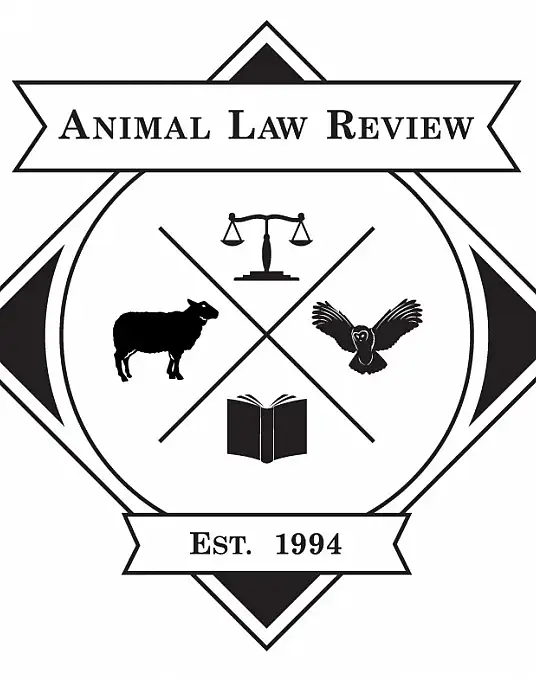
Animal Law Review
1994-Present
This nationally recognized, student-edited publication is dedicated to advancing the field of animal law. It explores a wide range of legal issues involving animals, from industrial agriculture and research use to endangered species and companion animal rights. Covering intersections with property, tort, criminal, and administrative law, it offers a balanced, scholarly forum for shaping the evolving landscape of animal-related legal discourse.

NYU Environmental Law Journal
1991-Present
This student-edited publication is a leading platform for interdisciplinary scholarship in environmental law. Bridging law, science, public health, and social justice, it fosters critical insights into the foundations and future of environmental regulation. Committed to amplifying diverse voices and developing student editors, the journal publishes forward-thinking work that pushes the boundaries of environmental law and justice discourse.
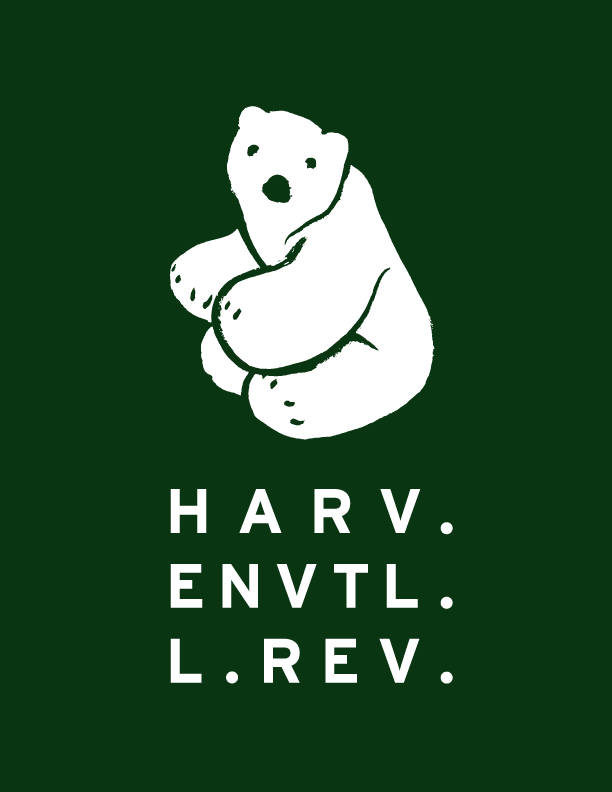
Harvard Environmental Law Review
1976-Present
This top-ranked journal, edited by Harvard Law School students, publishes leading scholarship that advances the broad field of environmental law. Covering topics such as environmental justice, climate change, energy, land use, and toxic substances, it offers a vital forum for exploring legal, scientific, and policy approaches to today's most pressing environmental challenges.
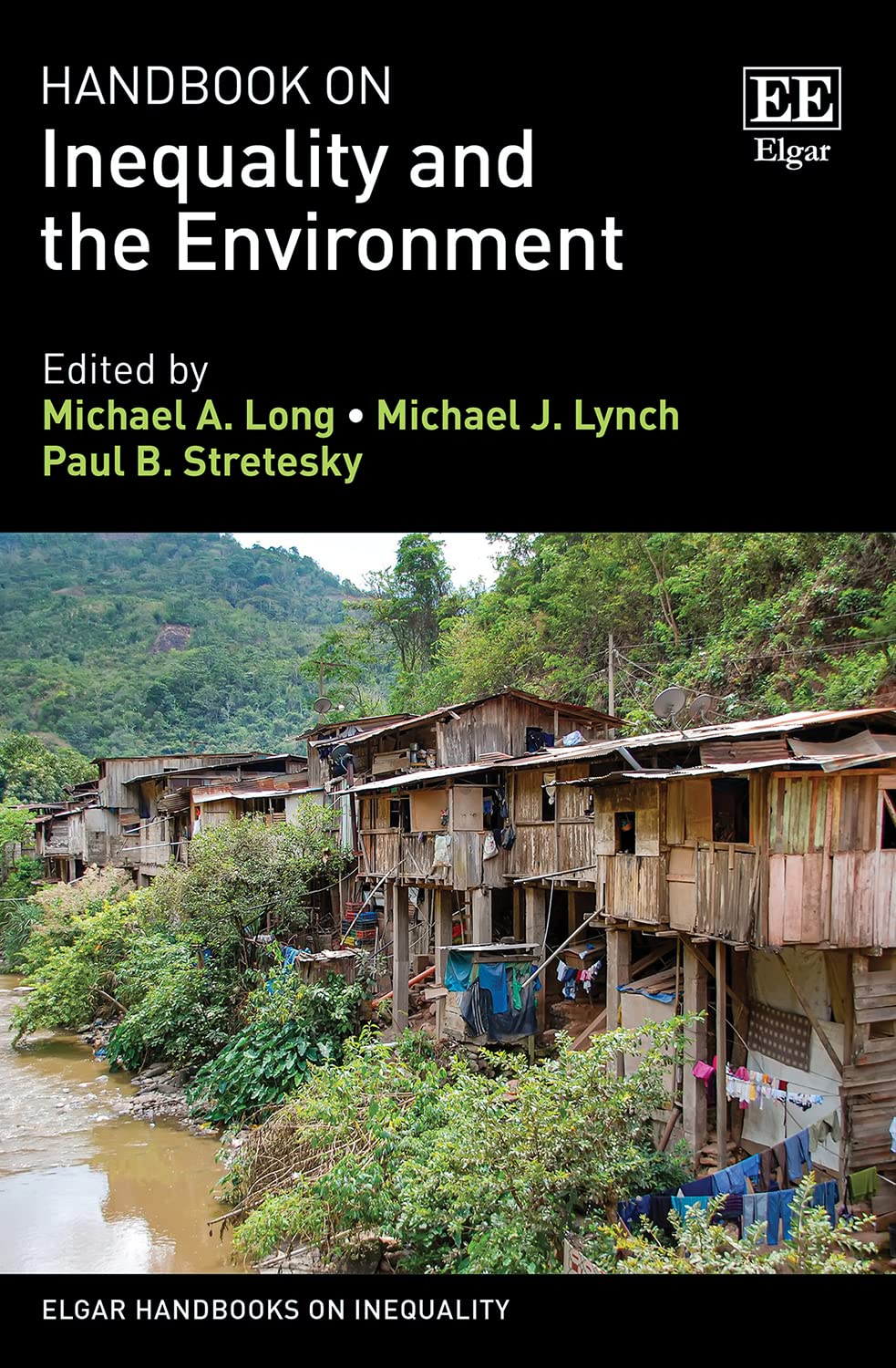
Environmental inequality and rights of nature among Indigenous Peoples in North America
Julie Schweitzer, Olivia M. Fleming, Tamara L. Mix
Colonial-capitalist systems promote structural environmental inequalities that disproportionately impact Indigenous Peoples and ancestral territories. This article examines the role of a Rights of Nature (RoN) framework in articulating responses to environmental inequality through two cases of Indigenous Environmental Justice (IEJ) movements in Canada–the Idle No More (INM) movement and the Wet’suwet’en Nation’s protective actions. Building on previous RoN and IEJ scholarship, the authors ask: How is the RoN framework employed to address issues of environmental inequality? They find that INM relies on broad references to nature to respond to omnibus Bill C-45, adapting the Nature’s Rights Model, while Wet’suwet’en Nation’s actions align more closely with the Legal Personhood Model in organizing against the Coastal GasLink pipeline and encouraging recognition of Indigenous laws. Altogether enhancing sovereignty claims, the authors argue that RoN is a framework promoting environmental equity and a tool for resistance to and disruption of settler colonial translations of nature.
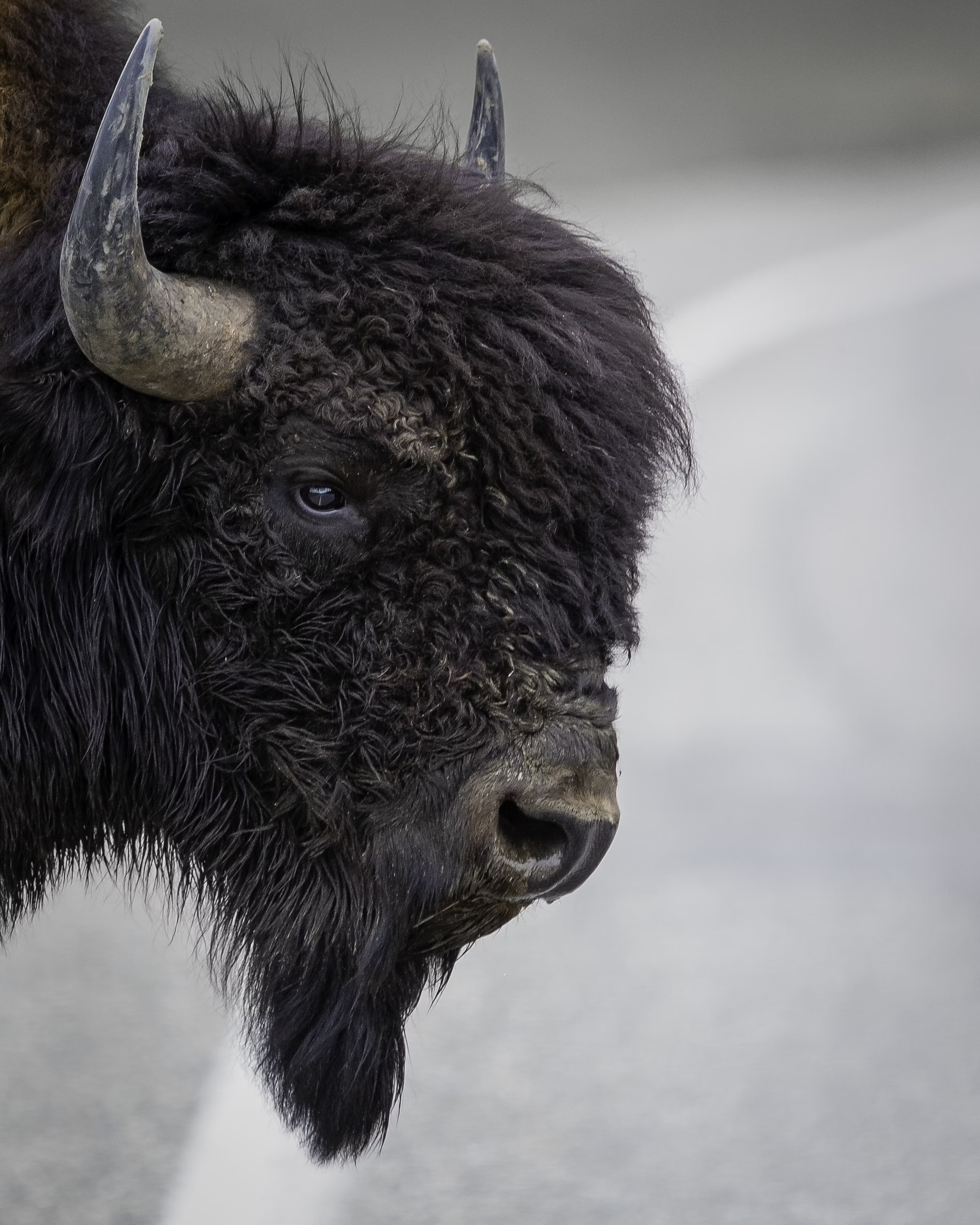
Climate Change Law and Colonialism: The Rights of Nature and a Hypothetical Case for Bison Person in Canada
Laura S. Lynes
Francesco Sindico, Stephanie Switzer, Tianbao Qin
This chapter argues that incorporating Indigenous knowledge into climate policy requires recognizing legal standing for animals and natural resources significant to Indigenous communities. Using a hypothetical case for bison personhood in Canada, it explores how Rights of Nature can support reconciliation, honor cultural and ecological relationships, and help implement international climate agreements. The analysis draws on legal precedents such as the personhood of the Ganga, Yamuna, and Whanganui Rivers.

The (Human) Rights of Nature: A Comparative Study of Emerging Legal Rights for Rivers and Lakes in the United States of America and Mexico
Elizabeth Macpherson
This paper examines the growing global movement toward ecocentric legal frameworks amid accelerating environmental and climate crises. Focusing on efforts to recognize the rights of rivers in the U.S. and Mexico, it highlights how communities, often frustrated with inadequate government action, are using existing legal tools, including human rights laws, to protect nature. These strategies reveal both the potential and limitations of embedding nature’s rights within human-centered legal systems.
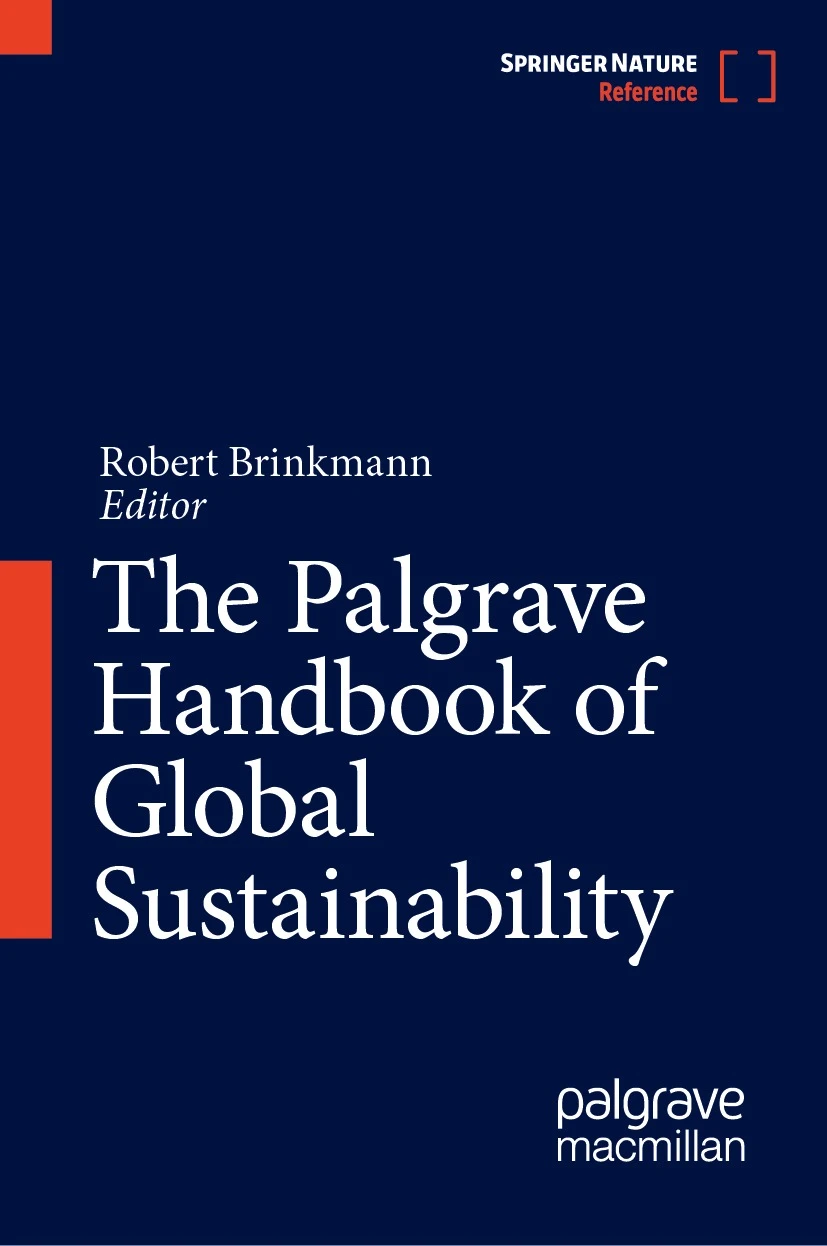
Environmental Racism and Environmental Justice in North America
Etsuko Kinefuchi
Environmental justice is a key concept in global sustainability as it forces the examination of how environmental protection aligns or conflicts with human rights and civil rights. Environmental justice states that, regardless of their race, ethnicity, class, gender, or any other background, all human beings have the right to a healthy environment. While this principle applies to everyone, in North America, environmental injustice has historically been inflicted upon communities of color, particularly Blacks and Indigenous peoples, making the discussion of environmental justice inseparable from that of environmental racism. This chapter, therefore, considers them together. Although a typical review of environmental justice starts with the Warren County toxic landfill case in the 1980s, considerable environment-related oppressions have occurred since the arrival of Europeans in North America. Accordingly, the chapter follows an expanded view of environmental injustice to include earlier examples. The chapter first provides the definitions of environmental racism and environmental justice. A large section of the chapter is dedicated to the major sites of injustice, including land appropriation, residential segregation, hazardous workplace conditions, use of Indigenous lands for nuclear weapon affairs, toxic landfills, hazardous industrial facilities, and injustices pertaining to energy, climate, and water. Then, the chapter concludes with brief discussions of environmental justice as advocacy and movement, policies, and scholarship.
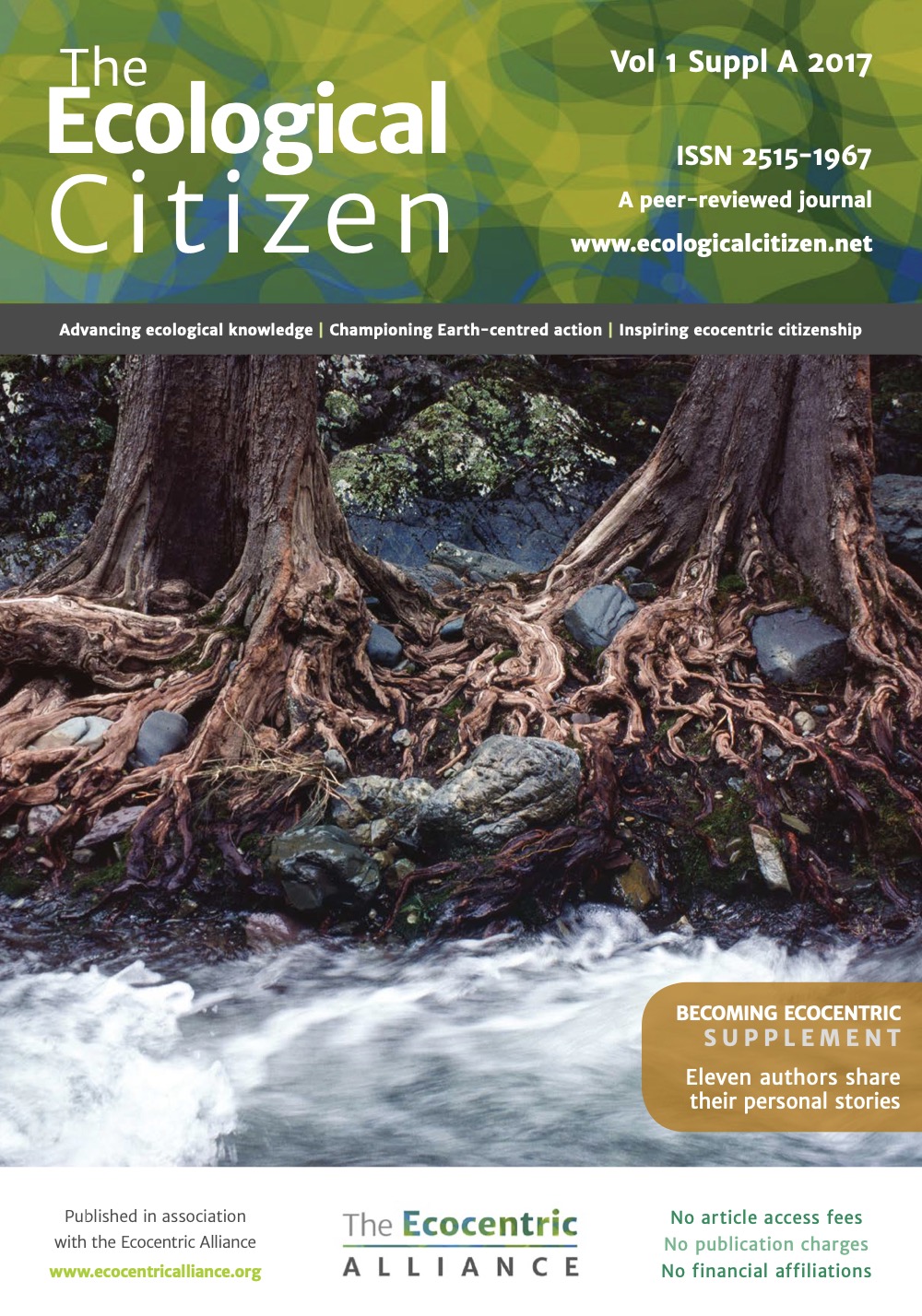
The importance of Earth jurisprudence, compassionate conservation and personal rewilding
Marc Bekoff
In this article, Marc Bekoff, Professor Emeritus of Ecology and Evolutionary Biology at the University of Colorado Boulder, calls for a shift from human-centered to Earth-centered thinking through Earth jurisprudence, compassionate conservation, and personal rewilding. He argues that legal systems should recognize the rights of nature and protect all living beings. These approaches promote ecological justice, deepen human-nature relationships, and support the well-being of the entire Earth community.
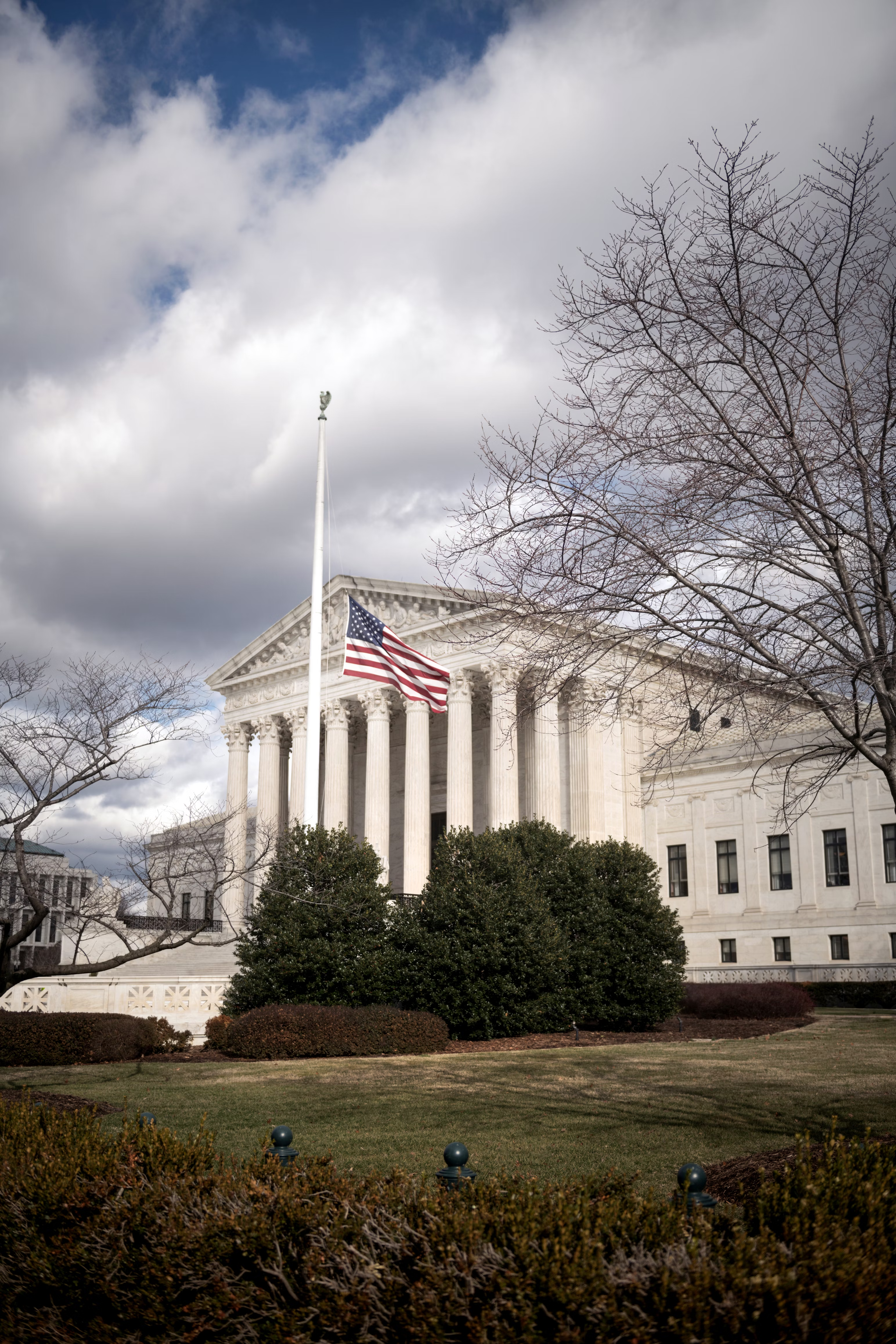
International Environmental Law in United States Courts
Daniel M. Bodansky
This article examines why international environmental law has seen limited engagement in U.S. courts, despite De Tocqueville’s observation that political issues in the U.S. often become judicial ones. Unlike international human rights law, which U.S. courts have actively shaped, international environmental matters are typically handled through political rather than legal channels. The article reviews existing case law and explores reasons for the judiciary’s limited role.
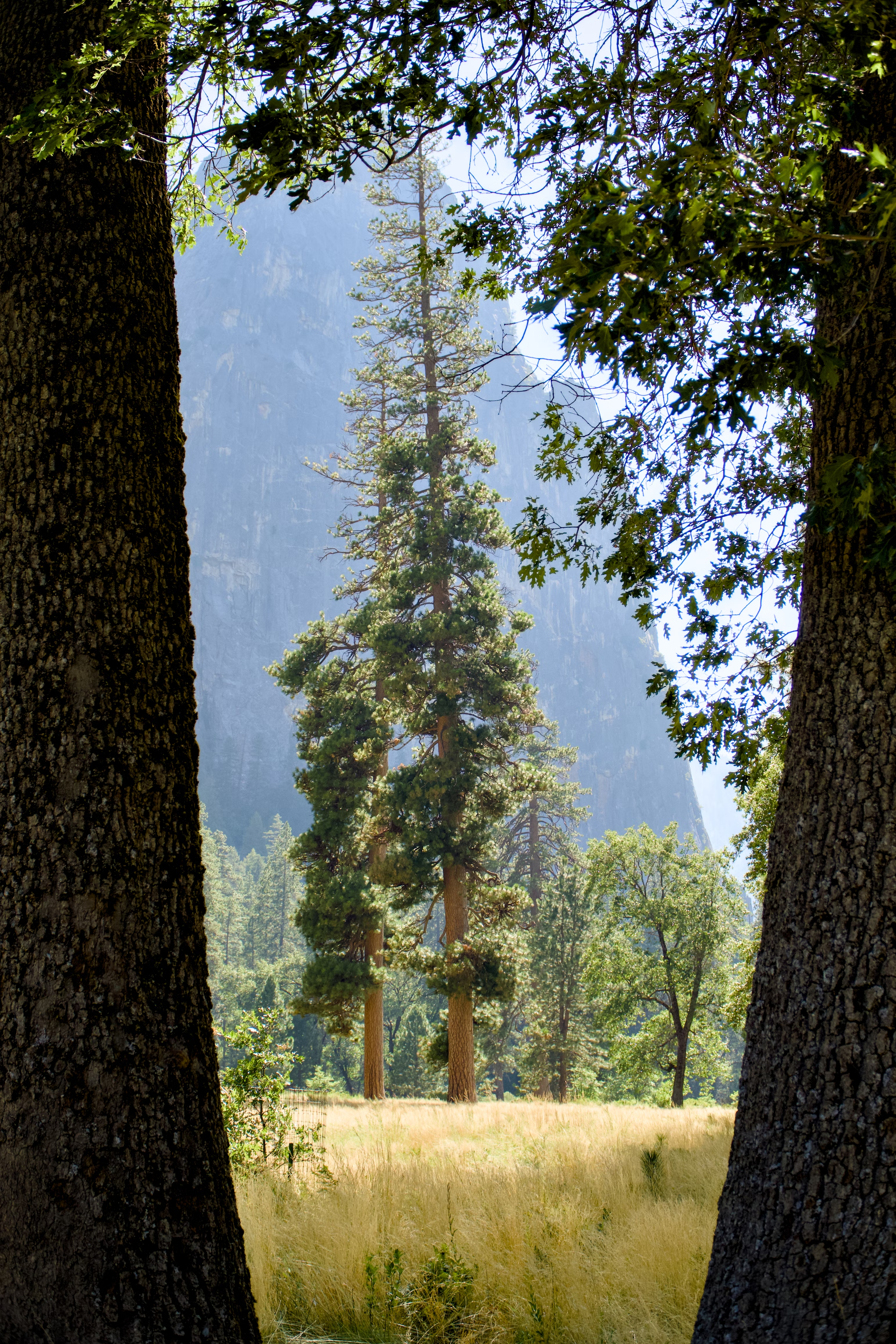
The Trees Are Still Standing: The Backstory of Sierra Club v. Morton
M. Margaret McKeown
This article traces the backstory of *Sierra Club v. Morton,* the landmark Supreme Court case that gave rise to the iconic question, “Should trees have standing?” Focusing on Justice William O. Douglas’s influential dissent, it explores his deep ties to environmental advocacy, his connection with the Sierra Club, and how an unpublished article helped shape his vision for nature’s legal rights. Drawing on court documents, archives, and interviews, the piece also reveals judicial tensions surrounding standing, ethics, and environmental law’s early development.
Photo Credit: Alex Moliski/Pexels